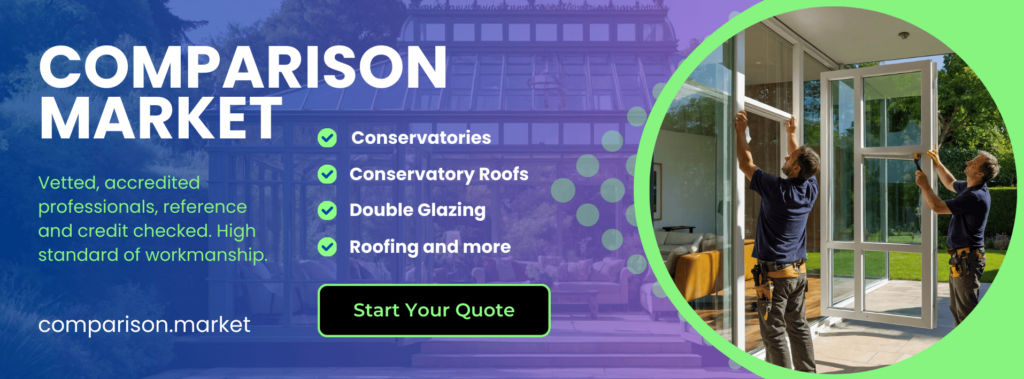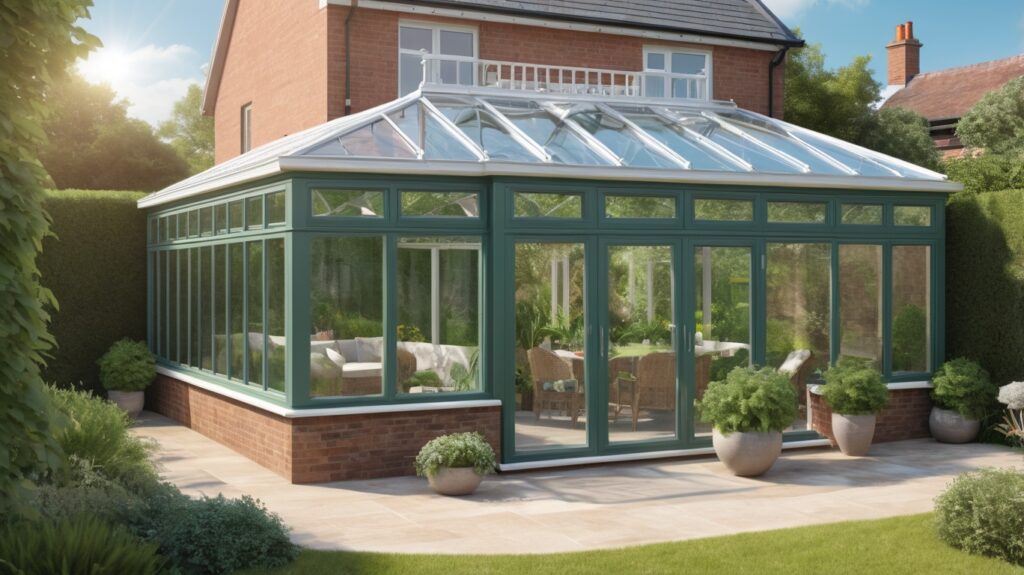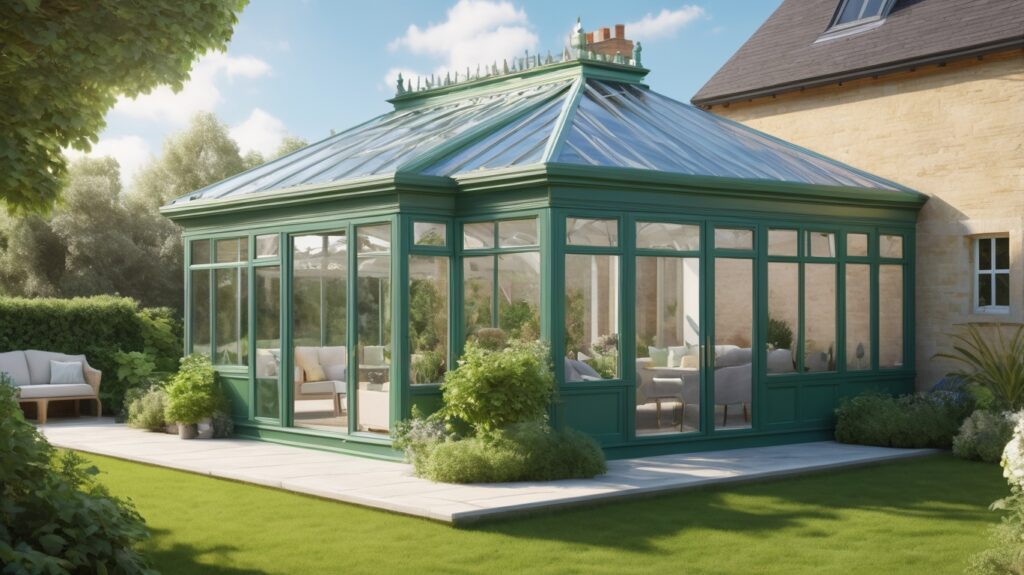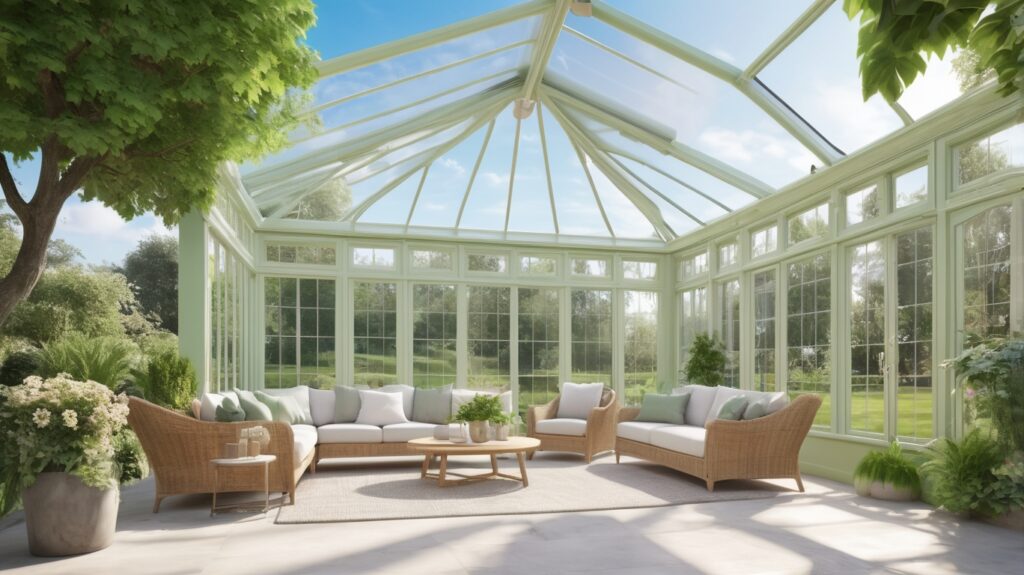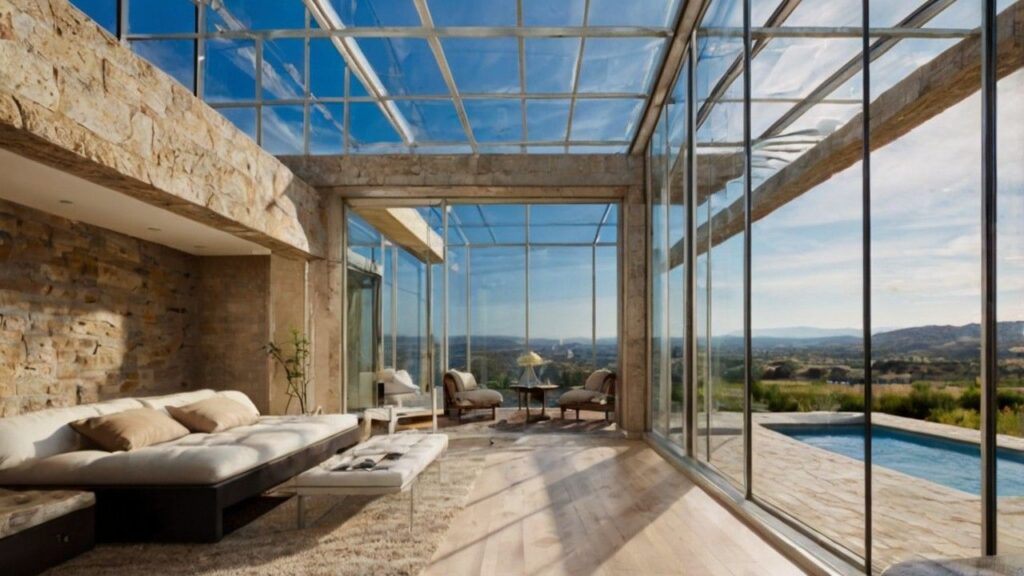Introduction: Make Your Home Better with a Great Conservatory Roof
Imagine a sunny room that feels like both indoors and outdoors. A well-designed conservatory can be this special place in your home. The roof is the most important part of a conservatory. It can make your space amazing. This guide will show you ten beautiful conservatory roof designs. We’ll look at styles for different tastes and needs. You’ll learn how to make your conservatory a cosy spot all year round.
Selecting the perfect conservatory roof can transform your living space. Classic glass conservatory roof designs flood rooms with light. Modern tiled options offer better insulation. Each style has unique advantages. Victorian and Edwardian roofs add charm. Contemporary flat and curved conservatory roof designs make bold statements. Hybrid roofs balance light and temperature control. To create a year-round retreat, consider your home’s style, the local climate, and its use. It should boost your property’s value and your lifestyle.
Why Conservatory Roof Design Matters
The conservatory roof is very important. It affects how your conservatory looks and feels. A good roof lets in light and keeps the temperature comfortable. It can also help save energy and make your house worth more. According to the National Association of Home Builders, a well-designed conservatory can increase your home’s value by up to 7%.
Now, let’s explore 10 conservatory roof designs that could make your space amazing.
1. The Classic Glass Roof: Always Stylish
Glass roofs never go out of style. They let in lots of light, making your space feel open and airy. You can see the sky clearly, which is great for stargazing.
Materials: Typically made of double or triple-glazed glass panels.
Cost: Mid-range, about £2,000 to £3,000 for a small conservatory.
Lifestyle Benefits:
- Brings in natural light
- Creates a seamless indoor-outdoor connection
- Perfect for plant lovers
- Ideal for stargazing
- Makes the space feel larger
Popularity in UK: Very popular, especially in traditional homes.
2. Lantern Roof: Tall and Impressive
A lantern roof is a raised glass section on a flat roof. It makes your conservatory feel taller and grander. This conservatory roof design lets in more light from above.
Materials: Usually combines glazed panels with timber or uPVC frames.
Cost: Higher end, typically £4,000 to £6,000 depending on size.
Lifestyle Benefits:
- Creates a stunning focal point
- Enhances natural light
- Improves ventilation
- Adds architectural interest
- Increases sense of space
Popularity in UK: Growing in popularity, especially in larger homes.
3. Tiled Conservatory Roof: Looks Like Part of Your House
A tiled roof makes your conservatory look like it’s always been part of your house. It keeps heat in well too. This roof stays warm in winter and cool in summer. The Energy Saving Trust recommends tiled roofs for their excellent insulation properties. When designing, pick tiles that match your house roof. You can add some windows to let light in while keeping the cozy feel.
Materials: Usually lightweight tiles or slate over an insulated frame.
Cost: Mid to high range, around £4,000 to £7,000.
Lifestyle Benefits:
- Improves temperature control
- Reduces noise from rain and outside
- Lowers energy bills
- Provides more privacy
- Seamlessly blends with existing architecture
Popularity in UK: Increasingly popular, especially for older conservatories.
4. Pitched Roof: Fits Many Styles
A pitched roof slopes up from the walls. It can look good on many types of houses. There are two main types: gable-end and hip-end.
Materials: Can be glass, polycarbonate, or tiles on a timber or uPVC frame.
Cost: Varies widely, typically £3,000 to £5,000.
Lifestyle Benefits:
- Adaptable to various house styles
- Good for water drainage
- Creates a sense of height
- Can incorporate roof vents for better airflow
- Suitable for larger furniture pieces
Popularity in UK: Very popular, a classic choice for many homeowners.
5. Lean-To Conservatory Roof: Simple and Useful
A lean-to roof slopes down from your house wall. It’s good for newer homes or small spaces. This style often costs less than others.
Materials: Usually polycarbonate or glass on a uPVC or aluminum frame.
Cost: One of the most affordable options, around £2,000 to £3,500.
Lifestyle Benefits:
- Space-efficient conservatory roof design
- Ideal for smaller homes
- Easy to maintain
- Can be used as a greenhouse
- Great for properties with height restrictions
Popularity in UK: Very popular, especially for smaller homes and bungalows.
6. Victorian Conservatory Roof: Fancy and Charming
Victorian roofs have fancy details and often have a rounded shape at the front. They usually have 3 or 5 sides at the front and a steep roof.
Materials: Traditionally glass or polycarbonate with decorative ridge details.
Cost: Mid to high range, typically £5,000 to £8,000.
Lifestyle Benefits:
- Adds classic elegance to your home
- Creates a versatile, multi-functional space
- Offers panoramic views of the garden
- Ideal for period properties
- Great for entertaining guests
Popularity in UK: Enduringly popular, especially for older or traditional homes.
7. Edwardian Conservatory Roof: Lots of Space
Edwardian roofs are square or rectangular. They give you lots of usable floor space. The shape makes it easy to arrange furniture.
Materials: Often glass or polycarbonate with a pitched roof.
Cost: Mid-range, around £4,000 to £6,000.
Lifestyle Benefits:
- Maximizes floor space
- Ideal for dining rooms or home offices
- Allows for flexible furniture arrangements
- Brings in plenty of natural light
- Suits both modern and traditional homes
Popularity in UK: Very popular, especially for those wanting a versatile space.
8. Contemporary Flat Roof: Sleek and Modern
Flat roofs give a clean, modern look. They’re great for new houses. This style creates a simple, tidy appearance.
Materials: Usually EPDM rubber, GRP fiberglass, or felt on an insulated base.
Cost: Mid-range, typically £3,000 to £5,000.
Lifestyle Benefits:
- Creates a sleek, modern aesthetic
- Can double as a balcony or green roof
- Easy to install solar panels
- Low maintenance
- Good for properties with height restrictions
Popularity in UK: Growing in popularity, especially in urban areas and new builds.
9. Hybrid Conservatory Roof: Best of Both Worlds
A hybrid roof uses both glass and solid sections. It balances light and insulation. You can choose where to put glass and solid parts.
Materials: Combination of glazed panels and insulated solid roof sections.
Cost: Higher end, usually £6,000 to £10,000.
Lifestyle Benefits:
- Combines benefits of glass and solid roofs
- Excellent temperature control
- Reduces glare while maintaining natural light
- Versatile conservatory roof design options
- Usable all year round
Popularity in UK: Gaining popularity, especially for those wanting a versatile space.
10. Curved Conservatory Roof: Make a Statement
A curved roof is bold and eye-catching. It can make your conservatory stand out. This style can give you more headroom inside.
Materials: Usually glass or polycarbonate panels on a curved frame.
Cost: Higher end, typically £7,000 to £12,000 or more.
Lifestyle Benefits:
- Creates a unique, eye-catching conservatory roof design
- Maximizes interior height
- Offers excellent views of the sky
- Makes a great talking point
- Suits both traditional and contemporary homes
Popularity in UK: Less common but growing in popularity for those wanting a unique conservatory roof design.
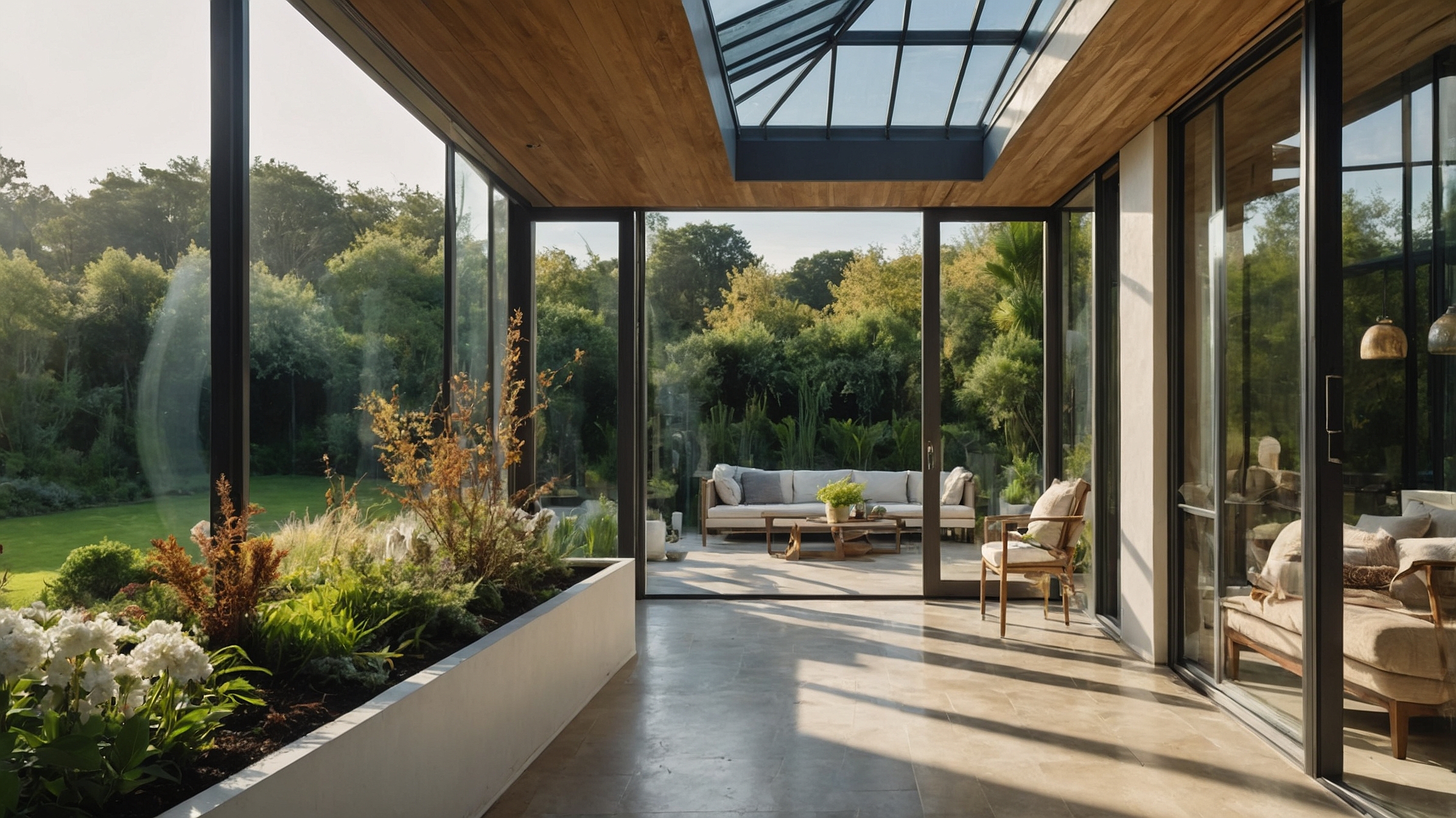
Cheapest Conservatory Roof Options
When looking for budget-friendly conservatory roof options, consider these choices:
- Polycarbonate Roofs: These are the most budget-friendly option. Polycarbonate is lightweight, durable, and provides decent insulation. It’s available in various thicknesses and colors.
- Glass Roofs with Standard Glazing: While not as cheap as polycarbonate, standard glazed glass roofs are still relatively affordable. They offer better aesthetics and light transmission than polycarbonate.
- Lean-to Style Roofs: The simplest conservatory roof design often means lower costs. Lean-to conservatories typically have the most affordable roof structure due to their straightforward construction.
- DIY Conservatory Roof Kits: For handy homeowners, DIY kits can significantly reduce costs. However, proper installation is crucial to ensure longevity and efficiency.
- Refurbished or Second-hand Roofs: While not suitable for everyone, purchasing a refurbished or second-hand roof can be a cost-effective option if you’re willing to compromise on customization.
Comparison of Costs and Materials:
Let’s break down the costs and materials for different conservatory roof options:
- Polycarbonate:
- Cost: £2,000 – £3,000 for a small conservatory
- Materials: Multiwall polycarbonate sheets, typically 16mm or 25mm thick
- Pros: Affordable, lightweight, easy to install
- Cons: Less energy-efficient, can be noisy during rain
- Glass:
- Cost: £3,000 – £4,500 for a small conservatory
- Materials: Double-glazed glass panels
- Pros: Better insulation than polycarbonate, aesthetically pleasing
- Cons: Heavier, more expensive than polycarbonate
- Solid Roof (Budget Option):
- Cost: £4,000 – £7,000 for a small conservatory
- Materials: Lightweight tiles or slate over an insulated frame
- Pros: Excellent insulation, blends with house architecture
- Cons: More expensive, reduces natural light
- Hybrid (Mix of Glass and Solid Panels):
- Cost: £5,000 – £8,000 for a small conservatory
- Materials: Combination of glazed panels and solid sections
- Pros: Balances light and insulation, versatile conservatory roof design
- Cons: Higher cost, complex installation
Enhancing Lifestyle:
A well-chosen conservatory roof can significantly enhance your lifestyle:
- Extended Living Space: A conservatory adds valuable space to your home, perfect for dining, relaxing, or working.
- Connection to Nature: Glass or polycarbonate roofs allow you to enjoy natural light and views of the sky and garden.
- All-Season Use: With proper insulation, your conservatory can be used year-round, adding value to your home.
- Energy Efficiency: A well-designed roof can help regulate temperature, potentially reducing energy bills.
- Increased Property Value: A quality conservatory can boost your home’s market value.
- Versatility: The space can serve multiple purposes – from a home office to a play area or dining room.
- Mental Well-being: Natural light and a connection to the outdoors can improve mood and overall well-being.
Choose a roof that balances cost with these lifestyle benefits to get the most value from your investment.
Construction Speed and Timelines:
Construction speed can affect overall costs. Here’s what to expect:
- Polycarbonate Roofs: 1-2 days
- Quick and easy to install due to lightweight materials
- Glass Roofs: 2-3 days
- Slightly longer due to heavier materials and careful handling
- Solid Tiled Roofs: 3-5 days
- More complex installation, including insulation and tiling
- Hybrid Roofs: 4-7 days
- Most complex, combining elements of glass and solid roofs
- DIY Kits: Varies widely
- Depends on your skill level and available time
Remember, these timelines are for the roof only. Full conservatory construction can take 3-4 weeks. Factors affecting timeline include:
- Size of the conservatory
- Complexity of the design
- Weather conditions
- Availability of materials and workers
General Considerations:
When choosing a conservatory roof, keep these factors in mind:
- Climate: Consider your local weather. Areas with heavy rainfall might benefit from noise-reducing materials.
- Orientation: South-facing conservatories get more sun, so consider heat-reflective glass or better insulation.
- Planning Permission: Check if you need approval from local authorities before starting construction.
- Energy Efficiency: Look for options with good U-values for better insulation.
- Maintenance: Some materials require more upkeep than others. Factor this into your decision.
- Longevity: Cheaper options might need replacement sooner. Balance initial cost with long-term value.
- Structural Support: Ensure your existing structure can support the new roof, especially if upgrading.
- Ventilation: Proper airflow is crucial to prevent condensation and overheating.
- Aesthetics: Choose a style that complements your home’s architecture.
- Future Needs: Consider how your use of the space might change over time.

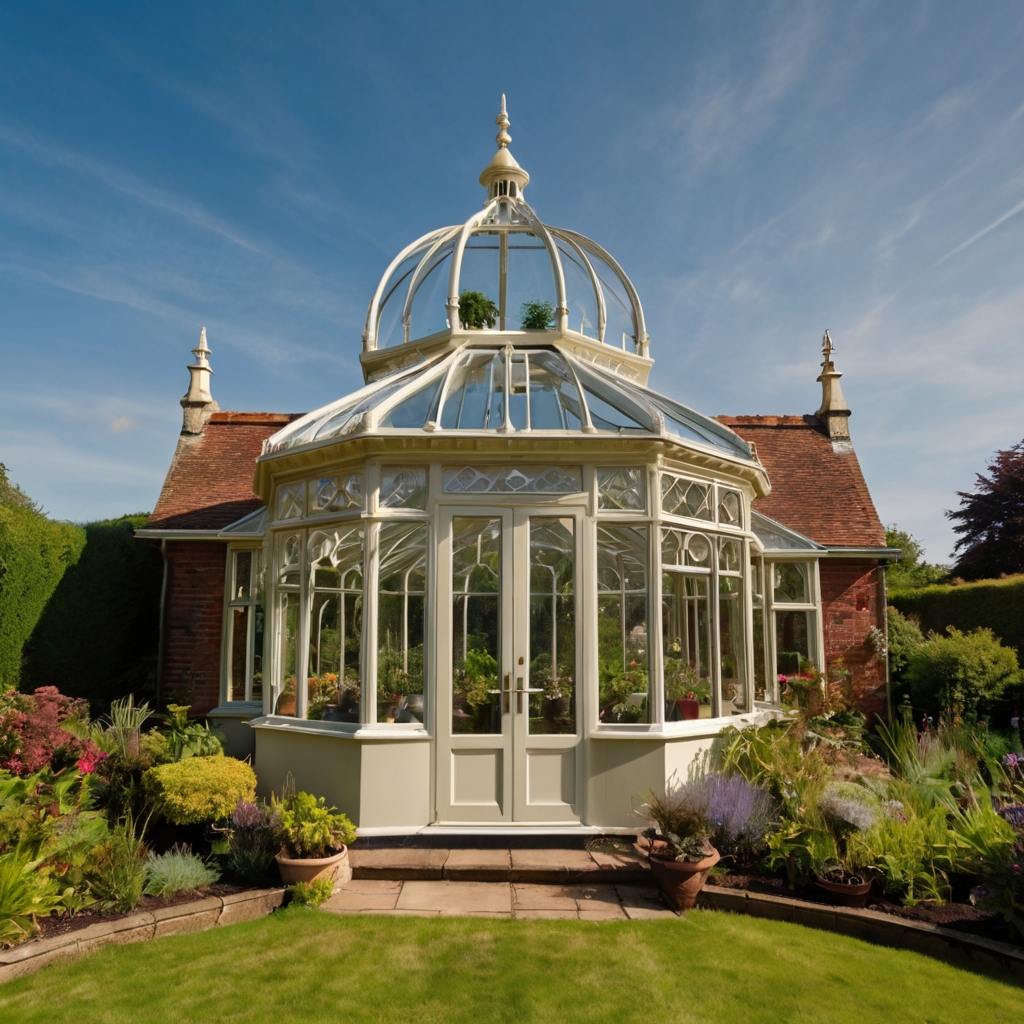
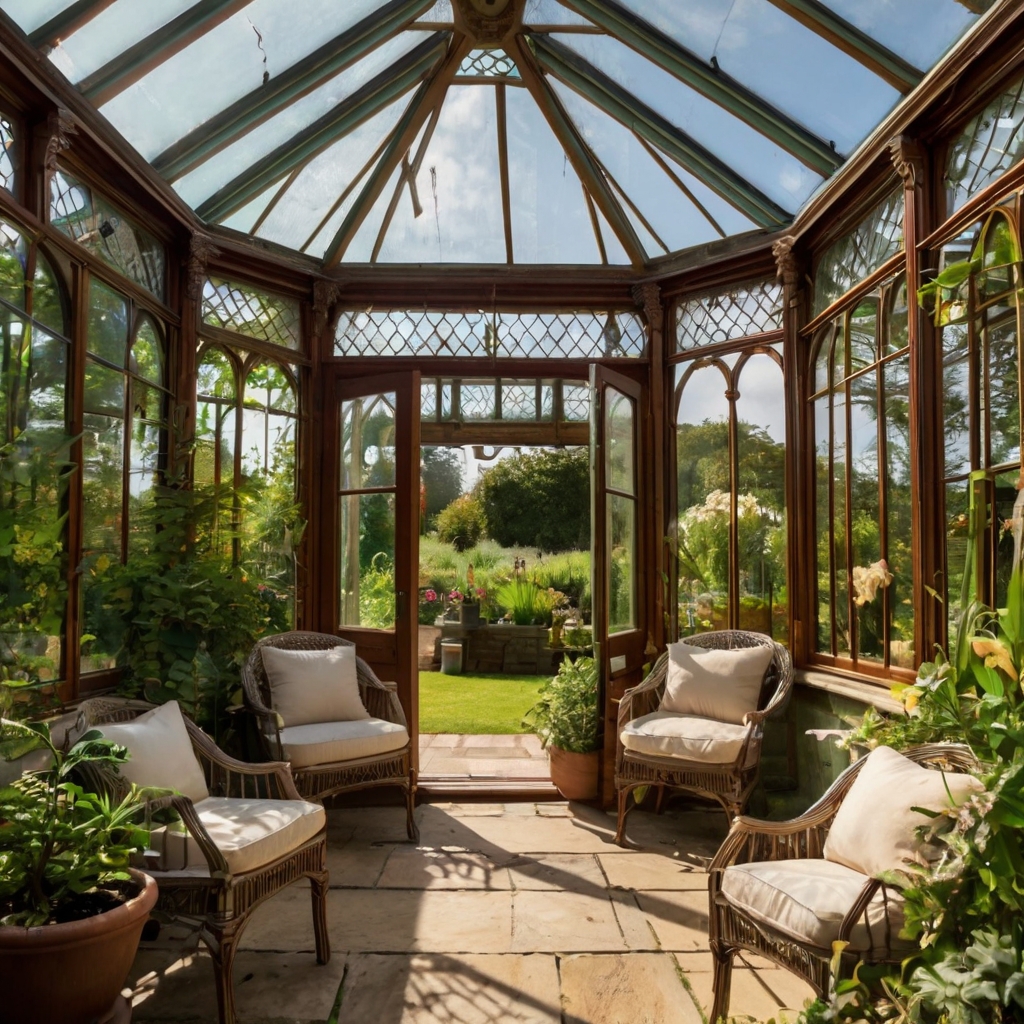
Choosing the Cheapest Conservatory: Tips and Tricks
To get the most affordable conservatory roof without compromising on quality:
- Compare Quotes: Get at least three quotes from reputable companies to ensure competitive pricing.
- Consider Timing: Off-peak seasons (like winter) might offer better deals from installers.
- Simplify Design: Complex conservatory roof designs cost more. Stick to simple shapes and standard sizes.
- Opt for Standard Materials: Custom colors or finishes can increase costs significantly.
- Look for Package Deals: Some companies offer discounts for full conservatory installations.
- Check for Sales and Promotions: Seasonal sales can offer significant savings.
- Negotiate: Don’t be afraid to ask for a better price, especially if you’re flexible on start dates.
- DIY Where Possible: If you’re handy, consider a DIY kit or doing some prep work yourself.
- Reuse and Recycle: If replacing an existing roof, see if any parts can be reused.
- Plan for Efficiency: Investing in better insulation now can save on energy costs later.
- Explore Financing Options: Some installers offer payment plans which can make higher-quality options more accessible.
- Maintain Perspective: The cheapest option isn’t always the most cost-effective in the long run. Balance initial savings with long-term value and efficiency.
- Plan for the Long-term: While it’s tempting to opt for the cheapest immediate option, consider the long-term costs and benefits. A slightly more expensive roof with better roof insulation properties might save you money on energy bills over time. Also, think about how your needs might change in the future and choose a conservatory roof design that can adapt to those changes.
- Check Planning Permissions: Before starting any work, check with your local authority about planning permissions. Some conservatory roof designs might fall under permitted development, but others may require formal approval. Failing to obtain necessary permissions could result in costly alterations or even removal of the structure, so it’s crucial to get this right from the start.
By considering these factors and tips, you can find a conservatory roof that fits your budget while still meeting your needs and enhancing your home.
Conclusion: Your conservatory roof is more than just practical. It can make a statement, improve your living space, and add value to your home. There’s a perfect conservatory roof design for every home. Whether you like classic Victorian style or modern flat roofs, you have many choices. The key is to match your style with practical needs. Think carefully about what you want and need. Consider your home’s unique features.
This will help you create a beautiful conservatory that connects your indoor and outdoor spaces. Don’t be afraid to ask experts for advice. With the right conservatory roof design, your new conservatory will be a space you’ll love for years to come. It will be perfect for relaxing, entertaining, or simply enjoying the view of your garden in any weather.
How long does a conservatory roof typically last?
The lifespan of a conservatory roof depends on its material. Glass roofs can last 20-30 years with proper care. Polycarbonate roofs may last 10-15 years. Tiled roofs can last 50 years or more. Regular maintenance can extend the life of any roof type.
Can I replace my existing conservatory roof with a different style?
Yes, you can often replace your existing conservatory roof with a different style. This is called a conservatory roof conversion. It can improve insulation, change the look of your space, and potentially add value to your home. Always consult a professional for the best results.
Are conservatory roofs energy-efficient?
Modern conservatory roofs can be very energy-efficient. Double-glazed glass, insulated tiles, and hybrid roofs help keep a comfortable temperature year-round. This can reduce your energy bills and make your conservatory more usable in all seasons.
Do I need planning permission to change my conservatory roof?
Often, you don’t need planning permission to change your conservatory roof. But there are exceptions, especially if you’re significantly altering the structure or appearance. It’s best to check with your local planning authority before starting any work.
What’s the most cost-effective conservatory roof option?
Polycarbonate roofs are usually the cheapest option. But they are less durable and insulating. Glass roofs offer a good balance of cost and benefits. Roofing with solid or tiled materials is more expensive at first. But they last longer and insulate better. So they are cheaper over time.
Thoroughly Vetted Professionals
Every supplier in our network goes through a strict vetting process, including credit checks and accreditation verification.
Simply Fill in Your Details, and Receive Competitive Quotes from Accredited Companies Tailored to Your Project!
Our team brings almost two decades of expertise in the UK home improvements sector, giving you unique insights into its challenges and possibilities. Reaching out to us means tapping into a wealth of experience from home improvements experts who know the British market inside out.
All our suppliers are members of one or more consumer protection groups below.

We offer unparalleled market insights, a network of skilled professionals vetted, accredited and reference – credit checked who can handle projects of all sizes. Our knowledgeable UK-based team will ensure a smooth, informed experience from start to finish.
To send us your marketing and other service offers, please use the following email: offers@comparison.market
